Can the sour and bitter of coffee be regulated? Do you have coffee that is not bitter or sour? How to avoid bitter coffee
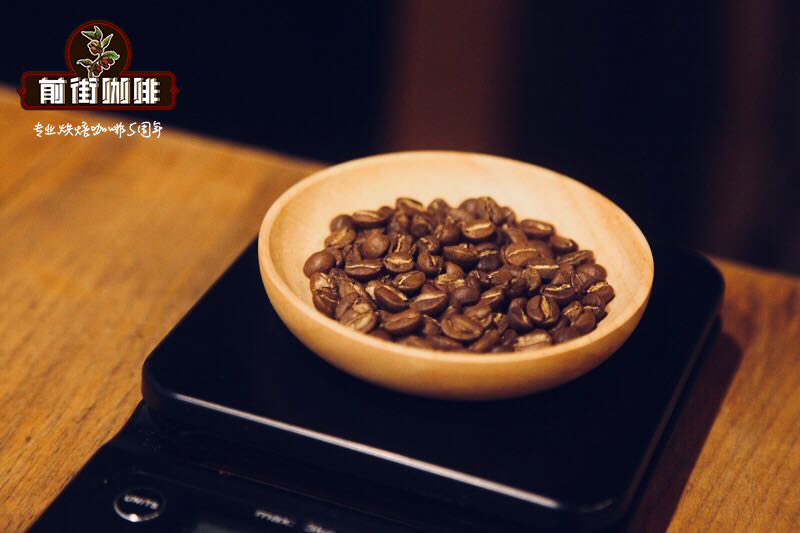
In fact, the bitterness and sour in coffee are the inherent characteristics of coffee, but also its symbol. Indeed, sometimes the coffee doesn't taste as much as we want, the sharp acidity can't be ignored, and sometimes the coffee tastes bitter and unpleasant.
So what is the cause of these unpleasant smells-baking? Or extract? Or the raw bean itself? In fact, the answer is all three. Let's break down the cause at each stage and explore how to fix it.
The bitterness of brewed coffee
The first reason: because of the thickness of the grinding particles. The first possibility of bitterness is that the main water overextracts the fine powder in the coffee powder. the finer the coffee powder is ground, the larger the contact area between the water and the coffee powder and the more substances in the soluble coffee. When too many soluble substances are extracted from the coffee, it will increase the bitterness and astringency of the coffee.
Solution-roughing and grinding.
The premise of roughing and grinding is that other parameters remain unchanged and fine-tuned. If the adjustment is too large, the coffee may not be extracted enough, which will lead to excessive acid quality.
But what if we adjust the grinding thickness of the coffee, and the coffee still tastes bitter? If the degree of grinding does not change the taste of coffee, then it depends on the second factor: extraction time.
Even if the coffee powder we grind is suitable, there will still be uneven fine powder, which is produced when the coffee powder is ground by the knife head of the bean grinder, which is smaller than the particle size we want to grind. The flavor of the coffee depends on the extraction of the fine powder, and the bitterness is the same.
If the extraction time is too long, even if it is extracted with a thicker coffee powder, the contact time between the water and the coffee powder is too long. after the excellent flavor substances in the coffee are extracted by the water, it will continue to dissolve other substances in the coffee, which will eventually lead to excessive extraction and make the coffee too bitter.
Solution-reduce the extraction time.
Too long extraction time will affect the taste buds' perception of sugar, and we usually need more sweetness to counteract the negative taste in some coffee, helping to balance the coffee and make it taste good.
What if the coffee tastes without unpleasant bitterness and unacceptable acidity, but not mellow enough? The thickness of alcohol in coffee is soluble in water and supported by sugar in coffee, but sometimes the thickness of alcohol in coffee can be increased by not increasing the extraction rate.
Solution-increase the amount of powder to increase the amount of good things extracted into the cup.
What if none of the above methods work? If after all these solutions you have adjusted and tried, the coffee still tastes bitter, or worse, and the aromas of smoke, roasting and burning still linger, then move on to the next stage-baking.
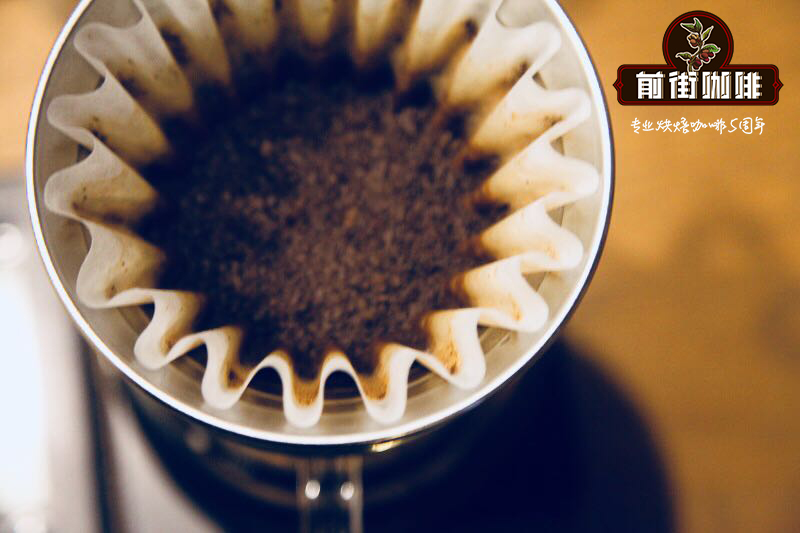
The bitterness of roasted coffee
The first reason: the coffee is burnt. When you bake coffee, the sugar in the raw beans continues to caramelize. This "caramel" is actually not sweet. Therefore, the deeper the coffee we roast, the higher the caramelization, and the less sweet the coffee will be. In addition, the deeper we bake, the more likely we are to overcaramelize. This will greatly increase the bitterness in the coffee.
But relatively speaking, deep-roasted coffee actually tastes sweeter than light-roasted coffee because it usually contains less acidity. This makes it easier to balance and highlight the sweetness of the coffee. Deeper-roasted coffee is also easier to extract than lighter-roasted coffee, because deeper-roasted coffee tends to have thinner pores and higher hydrophilicity. However, this is more likely to be over-extracted, bringing out a bitter taste.
Solution-do not choose coffee that is too deep-roasted. Keep enough sugar in the coffee, but not too shallow, to balance acidity and hydrophilicity during extraction.
The second reason: grinding efficiency and solubility. During roasting, the volume of coffee expands and the cell wall weakens and breaks. This means that the brittleness of coffee varies according to the way it is roasted. Very crisp coffee produces more fine powder even under rough grinding. These fine powders are then overextracted and bring bitterness.
Generally speaking, lighter roasted coffee produces less fine powder and less porous coffee than dark roasted coffee. So finer grinding is also needed to fully extract coffee and balance the taste of coffee. But what happens when you grind it finer? On the contrary, deep-roasted coffee is more brittle, so even if ground coarsely, it will produce a certain degree of fine powder. Deeper solubility, increased porosity, even rough grinding, it is easier to extract the bitterness from the coffee.
Solution-balance the flavor of grinding and coffee. Coffee with low sugar content, such as washed coffee, usually requires finer grinding to help the water extract more soluble matter and sugar to balance the acid. Lighter roasting reduces the brittleness of the coffee. Similarly, coffee with higher sweetness, such as sun-treated coffee beans, can withstand deeper roasting, and sweetness is more easily extracted by coarse ground coffee powder.
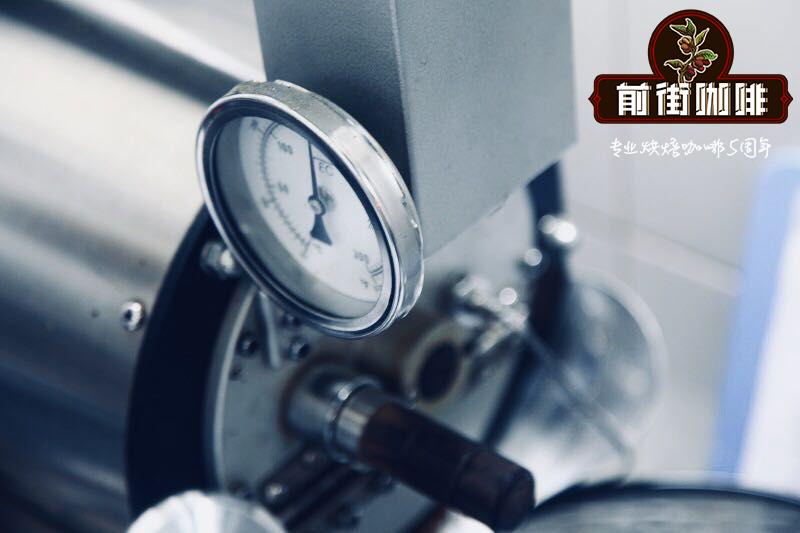
In fact, some coffees themselves contain more bitterness and acidity than others. In 2006, the Brazilian Journal of Plant Physics published a study on phenolic compounds: "Variety, gene, maturity, external environmental factors and planting environment are all important factors affecting the content of quinic acid in raw beans." and then affect the last cup of coffee.
The influence of treatment, especially washing treatment, is also mentioned in the study. Wash all the pectin of raw beans to reduce the absorption of sugar in coffee. This treatment will reduce the sweetness of coffee in the end.
The article comes from the aesthetics of boutique coffee, by Joanne Coffee.
Important Notice :
前街咖啡 FrontStreet Coffee has moved to new addredd:
FrontStreet Coffee Address: 315,Donghua East Road,GuangZhou
Tel:020 38364473
- Prev
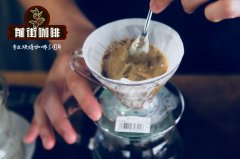
What are the reasons for instability in coffee shops? The coffee tastes different. It's time to pay attention to these details.
Customers will rely on a cafe they love to serve them delicious coffee every day. From buying the right coffee beans to cultivating the atmosphere in the cafe and how coffee is made are equally important aspects. From every minute of roasting to every second of drinking, coffee has a big impact. Similarly, there are many other factors that can affect when your coffee is brewed.
- Next
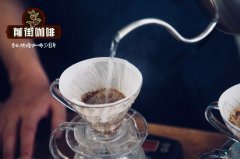
Introduction to the characteristics of Colombian Candinamaca small Farmer Coffee
Country of origin: Colombian region: Cundinamarca Manor: smallholder varieties: Castillo, Iron pickup, Colombian species, Kaddura treatment: washing Flavor: Brown sugar, green apples, sugar cane, green grapes, honey Coffee has been an integral part of the economic development of the Cundiamarca sector for more than a century. Coffee in this area is not just for farmers.
Related
- Detailed explanation of Jadeite planting Land in Panamanian Jadeite Manor introduction to the grading system of Jadeite competitive bidding, Red bid, Green bid and Rose Summer
- Story of Coffee planting in Brenka region of Costa Rica Stonehenge Manor anaerobic heavy honey treatment of flavor mouth
- What's on the barrel of Blue Mountain Coffee beans?
- Can American coffee also pull flowers? How to use hot American style to pull out a good-looking pattern?
- Can you make a cold extract with coffee beans? What is the right proportion for cold-extracted coffee formula?
- Indonesian PWN Gold Mandrine Coffee Origin Features Flavor How to Chong? Mandolin coffee is American.
- A brief introduction to the flavor characteristics of Brazilian yellow bourbon coffee beans
- What is the effect of different water quality on the flavor of cold-extracted coffee? What kind of water is best for brewing coffee?
- Why do you think of Rose Summer whenever you mention Panamanian coffee?
- Introduction to the characteristics of authentic blue mountain coffee bean producing areas? What is the CIB Coffee Authority in Jamaica?

